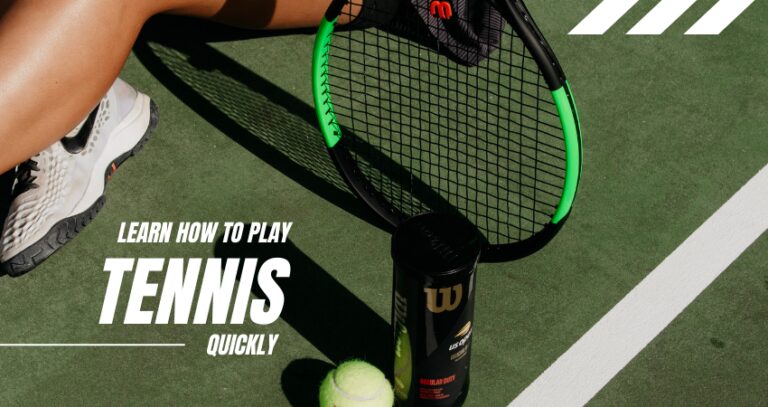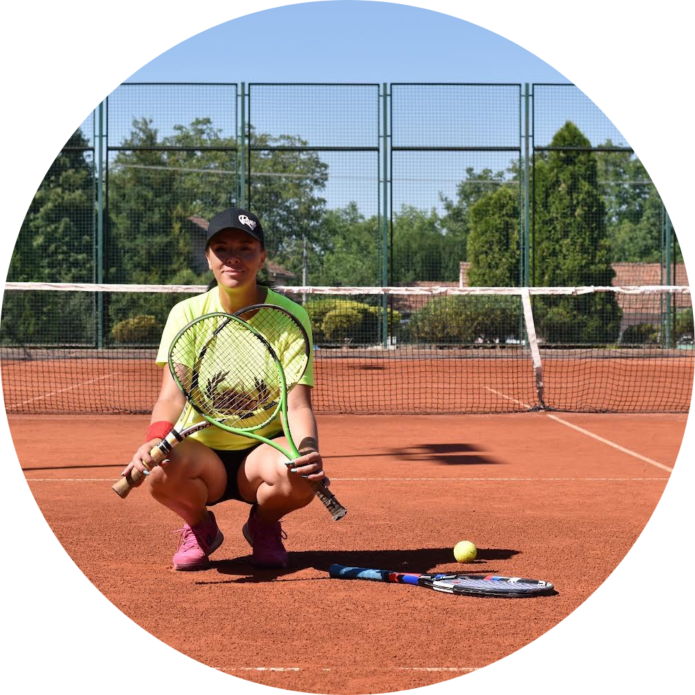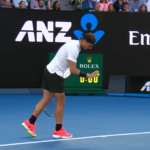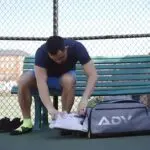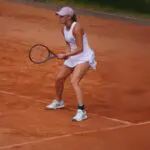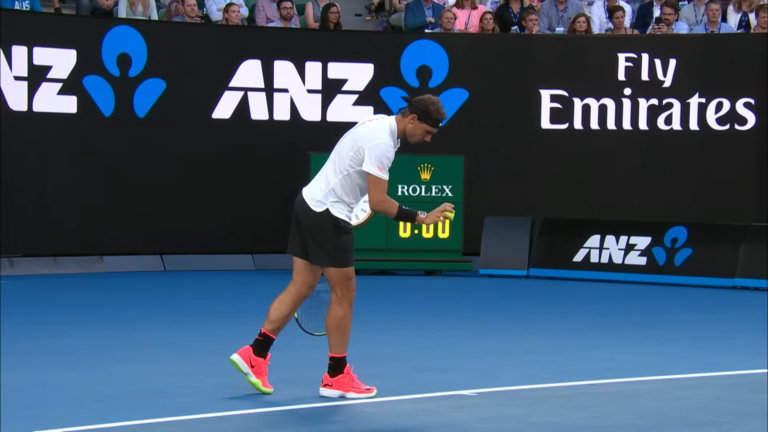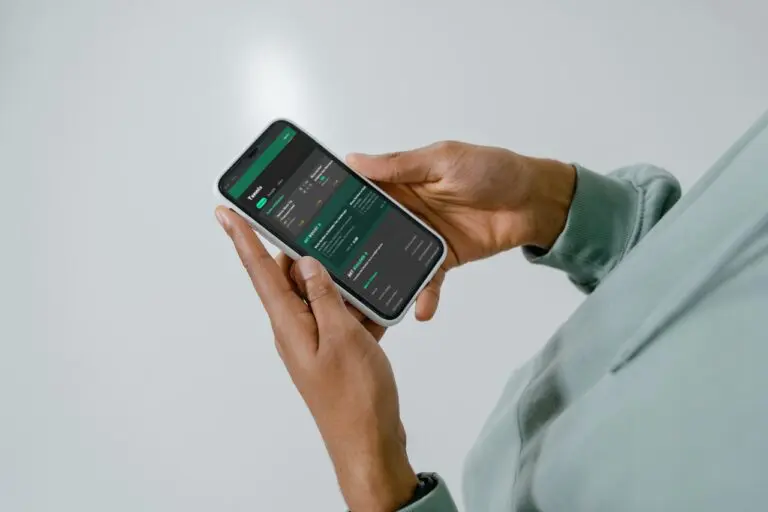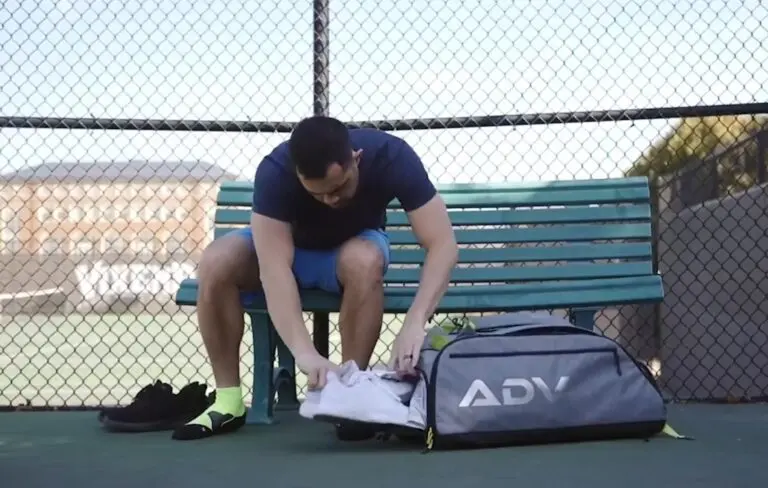If you’re looking to learn how to play tennis quickly, then this blog is for you! Here I’ll teach you the basics of the sport, including how to hold a racket, hit balls, and more. So whether you’re a beginner or an experienced player, I hope this blog can help you improve your skills!
Why Tennis is a Great Sport
Tennis is a great sport for a number of reasons. It’s a relatively easy sport to learn, it can be played by people of all ages and abilities, and it’s a great way to get some exercise.
Here are a few tips for those who are interested in learning how to play tennis:
- Start by taking some lessons from a qualified tennis instructor. This will help you learn the basic strokes and understand the game.
- Once you have the basics down, start practicing regularly. The more you practice, the better you’ll become at the game.
- Tennis is best played on a court that is well-maintained and has good lighting. Make sure to find a court that meets these criteria before playing your matches.
- When playing tennis, always use proper etiquette and sportsmanship. This includes being respectful to your opponent, being honest about calls, and shaking hands after the match regardless of whether you won or lost.
The Basic Rules of Tennis
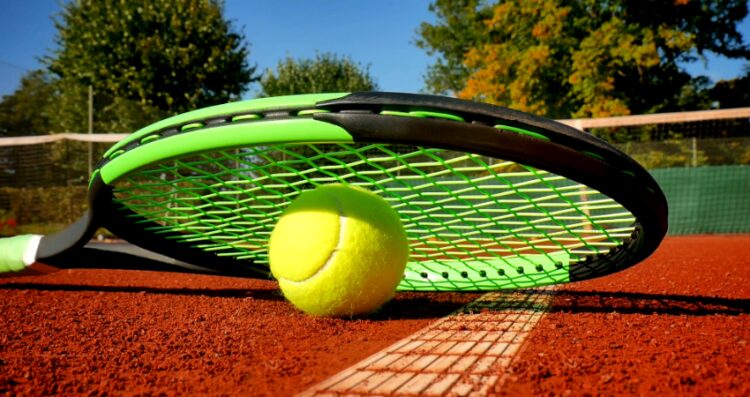
Playing tennis is a great way to get some exercise and have fun. The basic rules of tennis are simple, and once you understand them, you can start playing right away. Here are the basics:
- The game of tennis is played between two players (singles) or four players (doubles).
- Each player has a racquet which they use to hit a ball back and forth over a net.
- The aim of the game is to hit the ball over the net so that your opponent cannot return it, and therefore you score a point.
- A game consists of four points, called ‘games’.
- A set consists of six games.
- A match consists of best out of three sets OR best out of five sets.
To start a game, both players stand on opposite sides of the net. One player serves the ball by hitting it over the net into their opponent’s side of the court. The other player must then hit the ball back before it bounces twice on their side, otherwise, they lose the point.
If they manage to hit it back, then play continues until one player fails to return the ball or hits it out of bounds. When this happens, that player loses the point and their opponent scores one point.
Games are won when one player reaches four points (or six if there’s a tie at three-all), as long as they have a two-point lead over their opponent. If both players reach four points apiece, then play continues until one player wins two consecutive points, thereby winning that particular game.
At the beginning of each set, both players start with zero points. They then take turns serving for two games each. After those first four games, whoever had more total points during those games becomes what’s called “the server” for however long that particular set lasts; meanwhile, their opponent becomes “the receiver .”
Once again, whoever wins enough total games within a set — usually six —and provided they also have at least a two-game lead over their opponents, wins that particular set; if not, though, play continues until someone does achieve that margin.
As with individual games within sets, whoever wins enough total sets within a match — usually two out of three in men’s matches or three out of three in women’s matches but sometimes five, in either case, depending on circumstances —and provided they also have at least two set margin over their opponents, wins the match overall.*
Tennis Court Dimensions and Layout
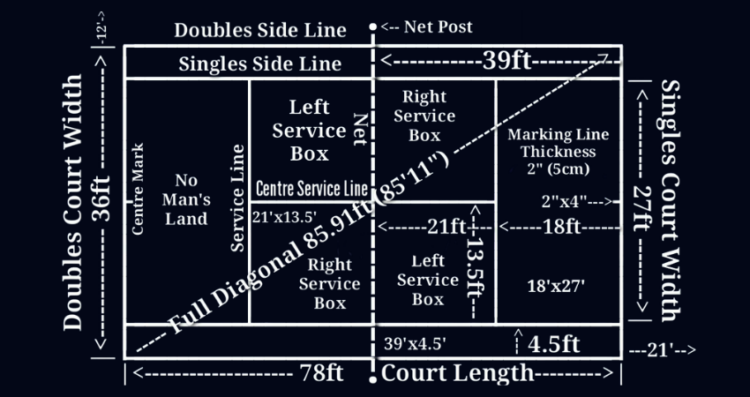
When playing tennis, the court is your battlefield. It’s important to know the lay of the land, so to speak, and understand the different dimensions and boundaries of a tennis court.
This will not only help you better strategize during a match but also avoid any arguments with your opponent about where the ball landed. So let’s take a look at a tennis court and explore its various features.
A regulation tennis court is 78 feet long and 27 feet wide for singles matches, or 84 feet long and 36 feet wide for doubles matches. The service line is located 21 feet from the back boundary line, and the service boxes are located on either side of it. The baseline is located at the back of each half of the court, behind which lies the backcourt area.
The centerline divides the court in half lengthwise and runs parallel to both baselines. It’s used to determine whether a ball landing on or near it is fair or foul. The center mark is located at exactly halfway between each baseline, while additional lines called tramlines are drawn 3 feet from each sideline to help with positioning during serves.
The net stretches across the full width of the court and hangs 3 feet high in the middle, tapering down to 2-1/2 feet high at each end post. There are also single sticks placed 1 foot inside each baseline that indicate where players must stand during serves (outside of this zone is considered a foot fault). Now that you know all about tennis courts, go out there and show ’em who’s boss!
Tennis Scoring

Whether you’re a beginner or a seasoned player, understanding the tennis scoring system is key to playing and enjoying the game. Once you know how to keep score, you can better follow the action and understand what’s happening on the court. Here’s a quick guide to help you get started.
Tennis is played as a series of sets, with each set consisting of games. A game is won by the first player to reach four points (or six in some cases), with a margin of two points required. Points are awarded as follows:
- 0 – Love
- 1 – 15
- 2 – 30
- 3 – 40
If both players have 3 points (40-40), this is known as a ‘deuce’. The next point then decides the winner of that particular game, with one player having an ‘advantage’. If they win the point, they win that particular game; if they lose it, then it goes back to deuce and another point must be played to decide the winner of that particular game.
This process continues until one player has won enough games within a set to win that set. In order for someone to win a set, they must have won at least six games and be ahead by two clear games (i.e., 6-4 or 7-5).
If both players have won six games apiece but are tied at 6-6 then a ‘tiebreaker’ comes into play in order to determine who will win that particular set; this works by each player serving alternate points until one gains a lead of at least seven points while still being two clear points ahead of their opponent (e.g., 7-5 or 8-6). Whoever wins this tiebreaker wins the set 7-6 (or 8-6 etc.).
Generally speaking, matches consist of best out of three sets; however, in grand slam tournaments like Wimbledon, matches are best out of five sets for men and best out of three sets for women due to time constraints over the course of two weeks!
Tennis strokes and practice
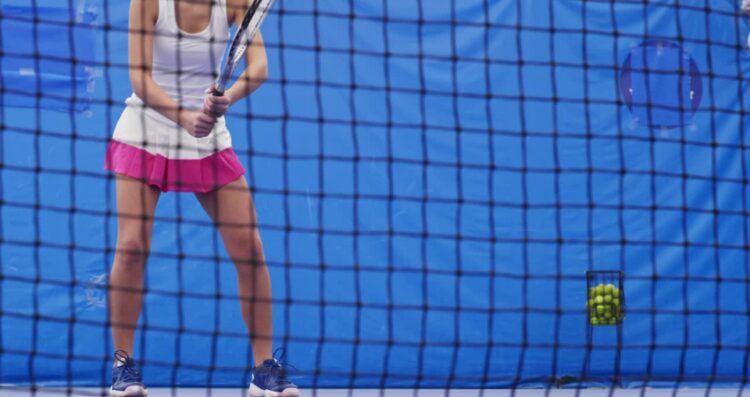
Tennis is a great sport for all ages and levels of ability. Whether you are just starting out or have been playing for years, there is always something new to learn. Here are some basic tips on strokes and practice to help you improve your game.
The forehand is the most common stroke in tennis. To hit a forehand, start with your racket arm extended out in front of you and your weight balanced on your feet.
As the ball comes toward you, swing your racket back and across your body, making contact with the ball just before it reaches your waist. Follow through with your swing until your racket is pointing up in the air and your opposite hand is touching your hip.
The backhand stroke is used less often than the forehand, but it is still an important part of any player’s repertoire. To hit a backhand, start with both hands on the handle of the racket and then swing the racket behind you so that it hits the ball over your shoulder.
As with the forehand, follow through with your swing until you reach its highest point above Your head. You can also hit a backhand volley by keeping Your racket low and swinging it up to meet the ball as it comes toward you rather than waiting for it to bounce first.
Practice makes perfect when learning any new skill, including tennis strokes. A good way to practice Your swings is by using a tennis net or ball machine. If You don’t have access to either of those things, try hitting against a wall or garage door.
Start close to The wall/door so that You don’t have to make too much of an effort to make contact, then gradually move further away as You get better at hitting consistent shots. Don’t forget to practice both Your forehand and backhand!
Tennis tournaments and competitive play
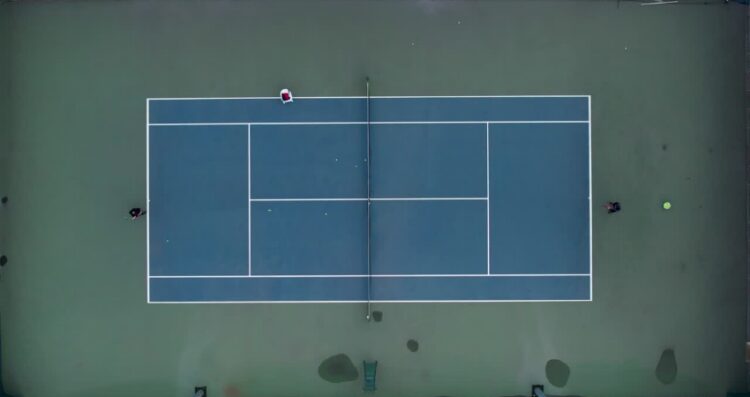
Tennis is a great game for all ages and levels of fitness. Whether you’re a beginner or an experienced player, tennis tournaments are the perfect way to get involved in the sport. Here’s everything you need to know about how to play tennis.
When it comes to playing tennis, there are two main types of tournaments: singles and doubles. In singles play, each player competes against another individual, while in doubles play, two players team up and compete against another pair.
If you’re new to the game, it’s best to start by playing in a local tournament with friends or family members. This will help you get used to the rules and scoring system without feeling too much pressure. Once you’re more comfortable with the basics, you can begin competing in larger tournaments with higher stakes.
Whether you’re playing singles or doubles, there are certain things that all good tennis players should know how to do. First and foremost, it’s important to learn how to serve correctly. A good serve is essential for winning points, so make sure you spend some time practicing your technique before your first match.
In addition to serving well, being able to return your opponent’s shots is also important. This means learning how to hit different kinds of strokes, such as forehands and backhands. As you become more familiar with the game, you’ll also want to learn advanced techniques like topspin and slice serves.
Finally, don’t forget that mental toughness is just as important as physical ability when it comes to playing tennis. If you can keep your cool during long rallies and close matches, you’ll be more likely to come out on top when the pressure is on.
So what are you waiting for? Get out there and start playing!
Tennis equipment
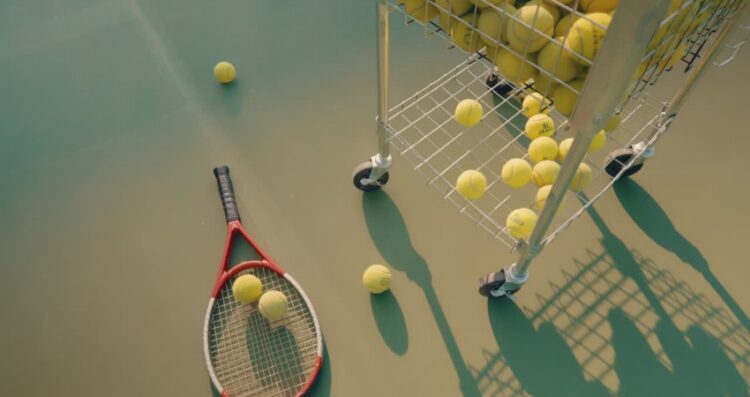
Playing tennis is a great way to stay active, socialize, and have fun. But if you’re new to the game, it can be a bit intimidating. Here’s a quick guide to everything you need to get started playing tennis.
Tennis Racquets: The first thing you’ll need is a racquet. Tennis racquets come in all shapes and sizes, so it’s important to find one that feels comfortable in your hand and suits your playing style. If you’re just starting out, it’s probably best to go with a mid-priced racquet from a reputable brand. You can always upgrade later as you get more serious about the game.
Tennis Balls: Second on the list are balls. You can use any type of ball in tennis, but for beginners, it’s best to stick with regular pressureless balls. These balls are designed not to go flat over time, so you won’t have to keep replacing them as often. They’re also softer than regular tennis balls, which makes them easier on your arm when you’re just starting out.
Tennis Shoes: The third item on the list are shoes specifically designed for playing tennis. Tennis shoes have special features like extra support and traction that help protect your feet and ankles while you’re playing.
They also tend to be much lighter than running shoes or other types of sneakers, which helps improve your speed and agility on the court. Again, there are all sorts of different brands and styles of tennis shoes out there, so try on a few pairs before settling on one (or two).
Clothing: When it comes to clothes, there aren’t really any hard-and-fast rules about what you should wear while playing tennis. However, most people prefer light-colored clothing that doesn’t absorb too much heat from the sun (white is always popular).
You’ll also want clothes that are comfortable and won’t restrict your movement too much; avoid anything too baggy or loose-fitting as it could get caught on your racquet or another player’s during a match. And finally, don’t forget the sunscreen! Even if it’s not super hot outside, UV rays can reflect off the court surface and cause sunburns pretty easily.
That covers the basics of what you need in terms of equipment! Now let’s move on to some tips for actually playing the game…
How to get started playing tennis
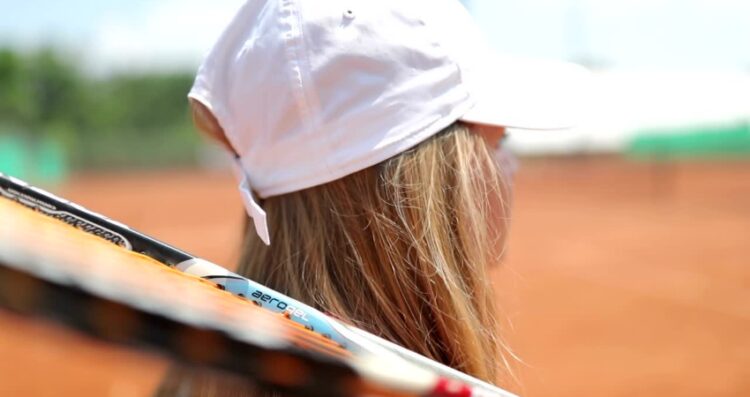
Whether you’re looking to pick up a new hobby or get back into shape, tennis is a great option. Playing tennis has many benefits including improving your cardiovascular health, coordination, and social life.
If you’ve never played before, starting can seem daunting. But don’t worry – we’re here to help! In this article, we’ll give you all the information you need to start playing tennis, from finding the right equipment to joining a league.
First things first – let’s talk about equipment. You don’t need much to get started playing tennis. All you really need is a racket and some balls. You can find both of these items at any sporting goods store.
If you want to buy a racket, it’s important to find one that feels comfortable in your hand and suits your playing style. There are different types of rackets for different types of players – so if you’re not sure what kind of racket you need, ask one of the salespeople at the store for help.
As for balls, there are also different kinds depending on what surface you’ll be playing on (e.g., hard court vs clay). Again, the salespeople at the store can help you figure out which type of ball is best for you.
Once you have your equipment sorted out, it’s time to start learning how to play! If you know someone who already plays tennis, see if they would be willing to teach you the basics. Or check if your local community center or park offers beginner tennis classes. These classes are usually very affordable and will give you a good introduction to the game.
If taking classes isn’t your thing, there are also plenty of online resources that can help get you started (just do a quick search for “how to play tennis for beginners”). Once you have the hang of things and feel comfortable hitting some balls around, challenge yourself by joining a league or finding someone else who wants to play with you regularly.
Playing with others is not only more fun than playing alone – but it will also help improve your skills more quickly since you’ll be constantly pushing each other to get better.
Frequently Asked Questions
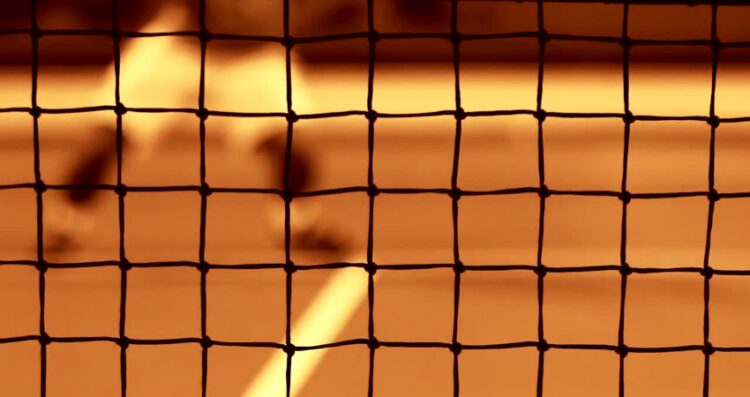
1. What is the best way to start playing tennis as a beginner?
The first thing you need to do is get the proper equipment and you really do not need a whole lot as a beginner. It is wise to start with an instructor or a ball machine, and once you learn the basics of forehand and backhand, you should start skirmishing with other players and practice as much as you can.
2. What are the first things you should learn in tennis?
When you are a beginner, you should start from small things, like learning about continental grip, proper motion, and toss, before getting into more serious practice. You should mostly focus on fundamentals and motions.
3. What are the most effective drills to practice tennis by yourself?
Some of the most effective drills for tennis practices on an individual level involve a ball machine. In case you do not have access to a ball machine, find a good wall and practice your hits by bouncing the ball off it.
4. What are the best ways to improve your tennis skills?
One of the most important things is to have a plan on the practice court. If you plan your training thoroughly, you will be able to take advantage of the time you dedicated to the practice. Put a lot of practice into your footwork as it is one of the most important aspects of tennis improvement.
Last but not least, look to play and skirmish with better players. It might be difficult at the start, but playing against skilled individuals will change your mindset on the court and make you focus and play on a higher level.
5. What are the most important skills to have in tennis?
There are more than a few skills you are required to have when playing tennis. Flexibility is likely one of the most important ones because tennis requires you to hit the ball from difficult and awkward positions. Strength and power are also highly important, but they are something that you get over time with hard practice.
Optimal body composition is also highly valuable since you need to be nimble on the court. Speed and agility are, of course, the key parameters that will set you apart from the competition, and of course, dynamic balance, which is one of the crucial skills you need to possess.
Final Words
So there ya go – everything you need to start playing tennis! Just remember, take things slowly at first, and don’t get discouraged if things aren’t perfect. Like with anything else in life, practice makes perfect!
Related:
- Top 19 Best Tennis Bags 2024 [Unbiased Reviews]
- 20 Best Tennis Shoes 2024 - Stylish and Athletic
- 15 Best Tennis Balls 2024 - USTA and ITF Approved
- 18 Best Tennis Racquets 2024 - Exclusive Reviews &…
- 15 Best Tennis Racquet for Beginners & Intermediate…
- 10 Best Tennis Ball Machine 2024 - Perfect for Solo Players

